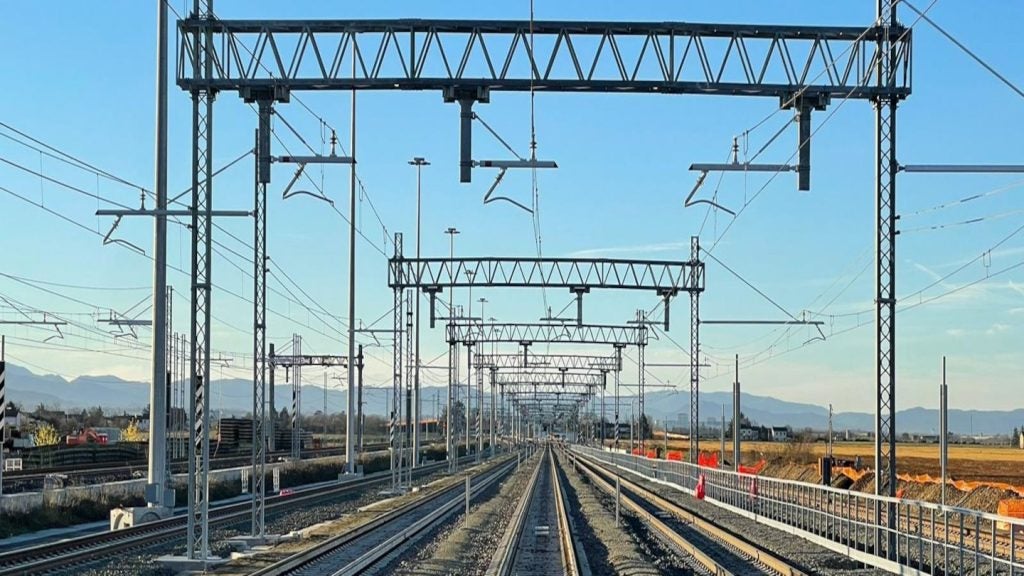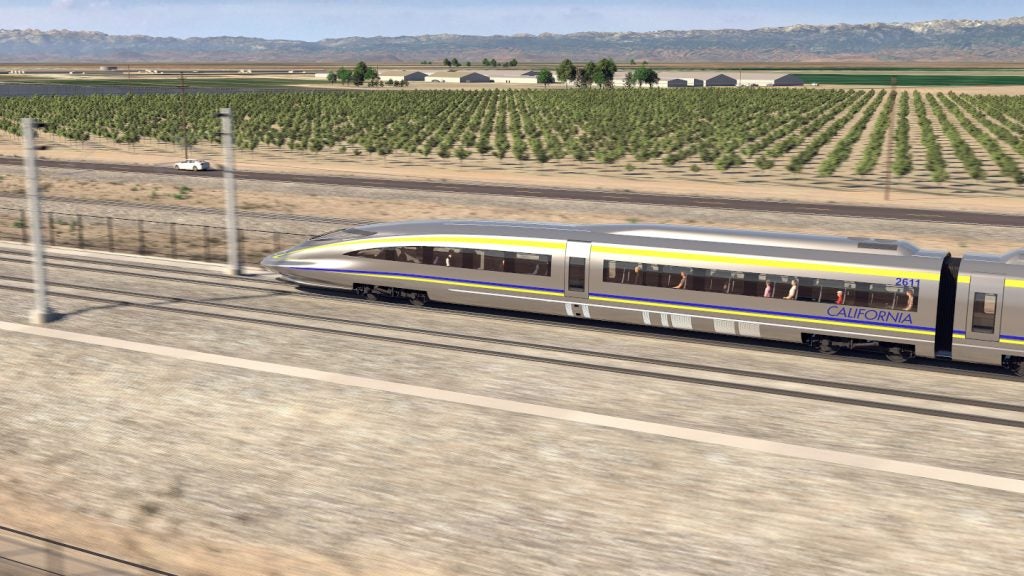
Technology company ABB’s 1,500 Volt DC Enviline wayside energy storage system (ESS), a three-year project, captures braking energy and then returns it for the the acceleration of other trains which later use the same line section.
The energy has been regenerated into electric energy for use on other trains, but it can also be sent back to the grid through this storage system. Previously, this surplus had been wasted intro resistors as only a portion of energy can be taken at a time.
Metro Trains Melbourne required an ESS solution for a high-capacity, high-voltage environment. Previously, ABB developed ESS solutions for 750 Volt rail lines in the US and Europe. However, in southern states of Australia rail lines require 1,500 Volts.
Antonio Colla, global railway marketing and sales manager at ABB, says: “ABB’s ESS is also used to manage voltage drops. Inherently, trains draw peaks of power during acceleration which can cause voltage drops and lead to performance problems causing costly operation delays.
“It can also result in large demand charges and peak penalties from the utility company, especially during rush hours. Because it returns the energy during the acceleration, the ESS limits the power drawn from the grid and sustains the voltage level along the line.
“This reduces associated utility charges and can also be used, in some cases, as an alternative to avoid or defer potential capital investments for new traction substations and additional contracts with utility companies.”
How well do you really know your competitors?
Access the most comprehensive Company Profiles on the market, powered by GlobalData. Save hours of research. Gain competitive edge.

Thank you!
Your download email will arrive shortly
Not ready to buy yet? Download a free sample
We are confident about the unique quality of our Company Profiles. However, we want you to make the most beneficial decision for your business, so we offer a free sample that you can download by submitting the below form
By GlobalDataThe system stabilises the network power demand and provides an energy cost-benefit. Regenerative braking systems provide an opportunity to improve energy efficiency of traction systems due to the regular braking that takes place each day, with recoverable excess braking energy being as high as 30%.
This sustainable technology also decreases the dust and air pollution that is emitted with traditional braking. The frequency of mechanical braking is reduced when going downhill which reduces maintenance and replacement of the train disc brake pads, reducing the wear and tear of the regular mechanical braking system.
With this solution, there is the potential for a critical power backup in the event of a power outage or utility network instability, as operators can access the stored energy to power the train to a location where commuters can exit the train.
Taking safety into consideration, Colla says: “As part of a greater focus on safety, the Melbourne Metro team subsequently requested an additional safety enhancement to the design to include an automatic earthing switch so that the equipment earths itself at the flick of a switch.”
Through this solution, Metro aimed to ensure customers have a smoother journey and increase frequency of trains on the line. This energy-management system is cost effective, in terms of land use and construction, and also reduced carbon emissions by 15%.
Colla adds: “Although regenerative braking systems are not a new technology, it is only more recently that they have come to the fore as an incredibly important eco-innovation for the urban transport industry.
“As projects such as Melbourne Metro continue to demonstrate the vast environmental, cost and operational benefits afforded by this technology, we will see more other rail operators seeking a slice of the energy-recycling, sustainable action.”







